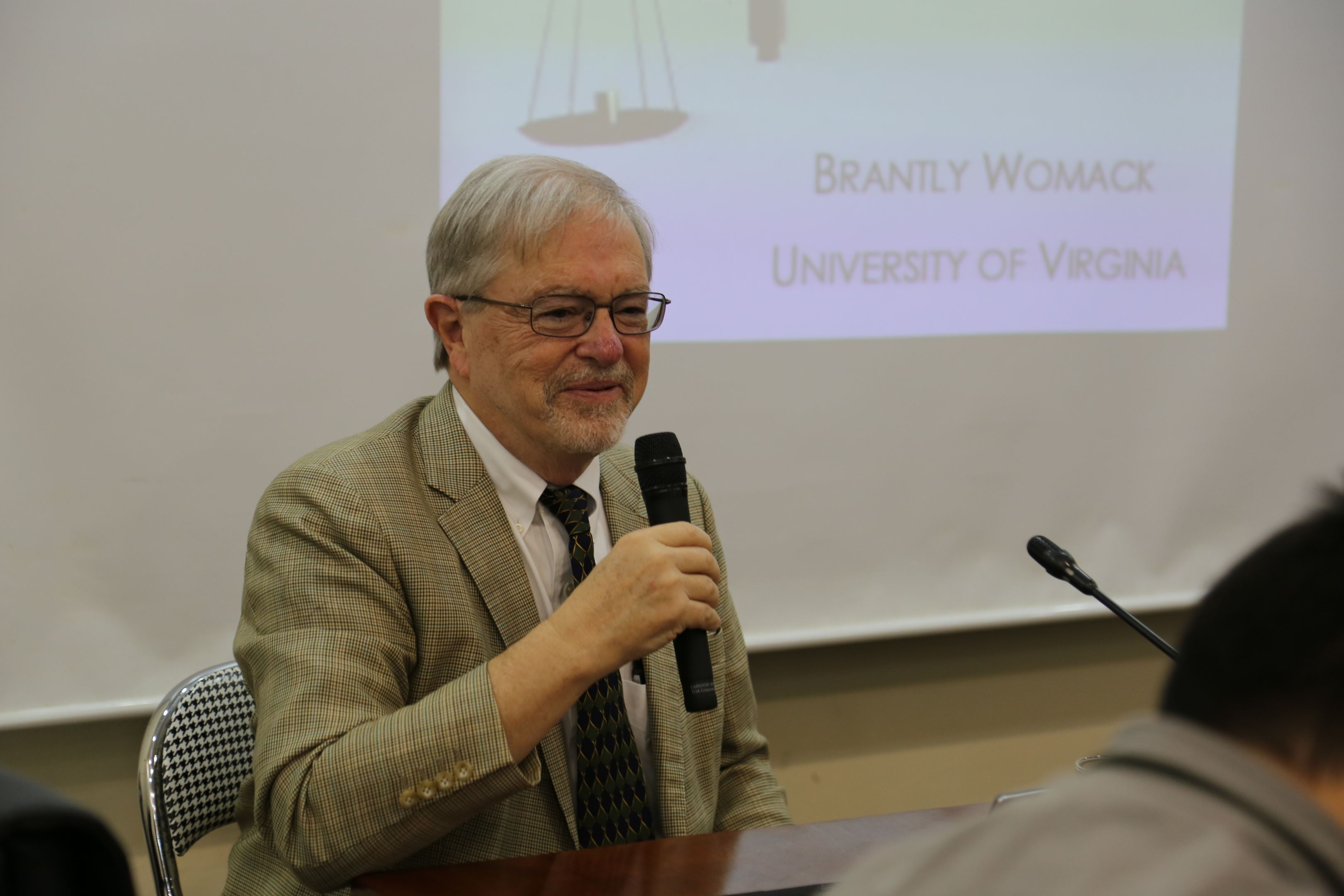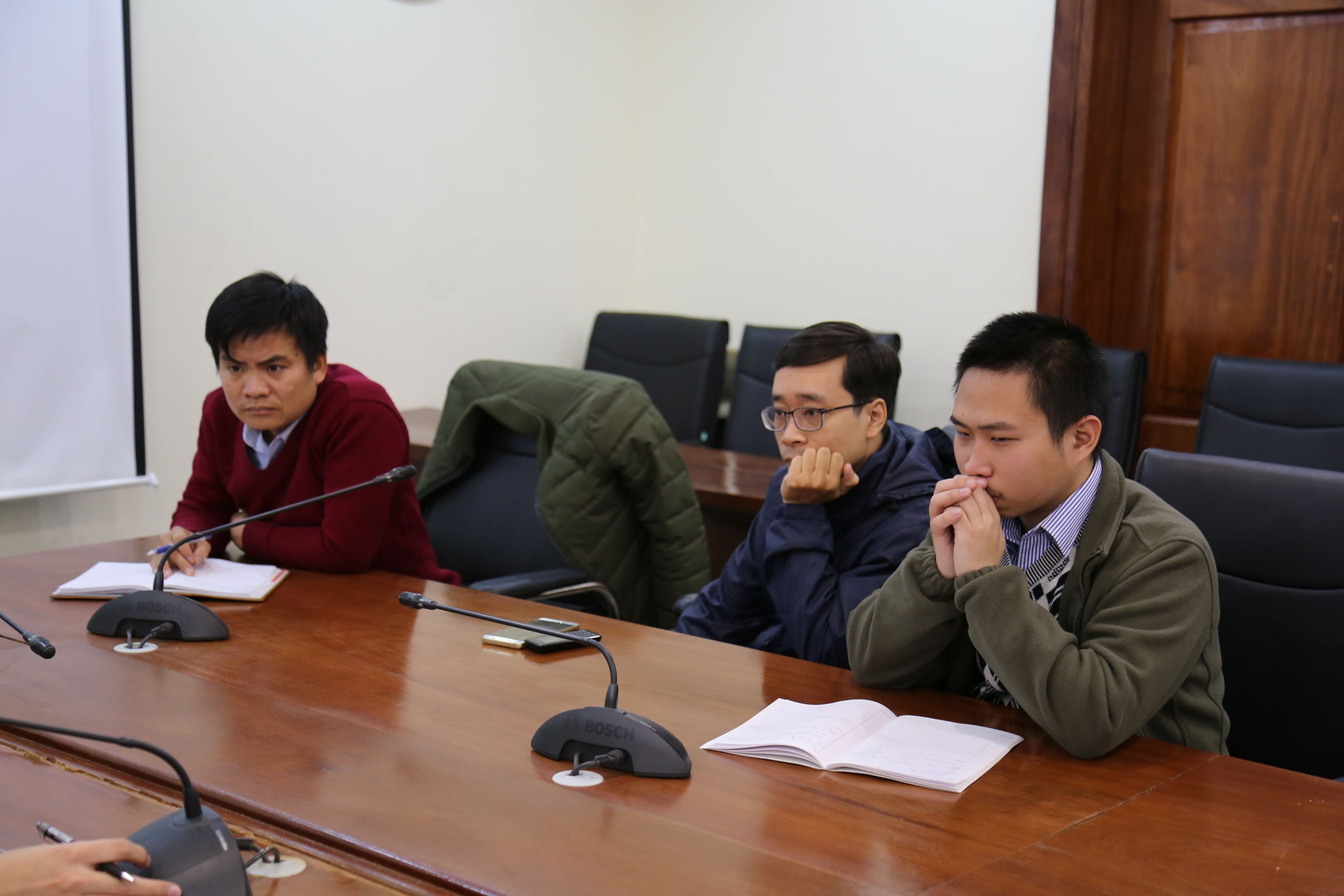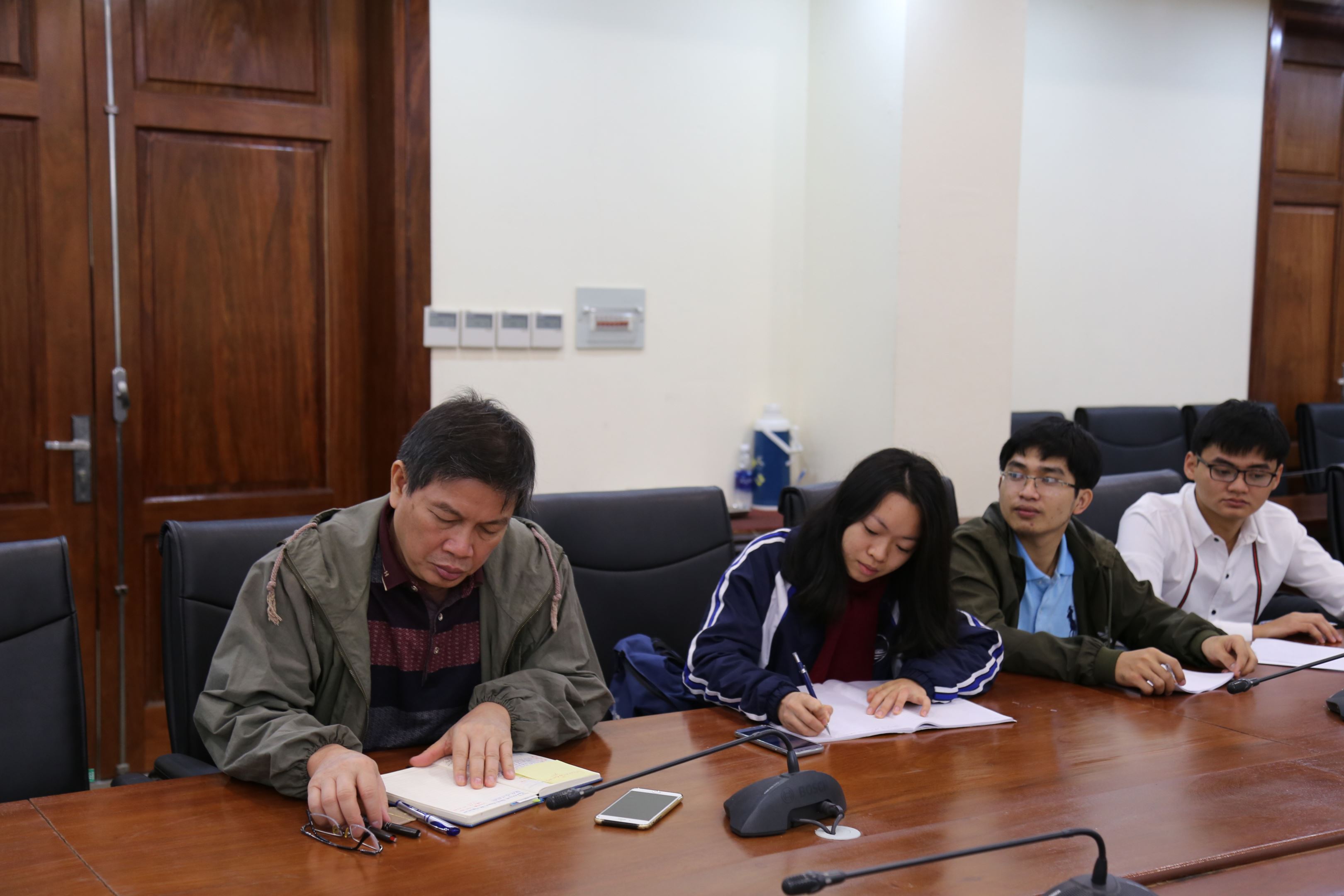Professor Brantly Womack's presentation analyzed the cultural differences in international relations between the West and the East in the 1450s, and then linked them to the modern period.
In the 1450s, in the East and specifically in Asia, there existed asymmetrical international relations. China emerged as the center of stability with the largest population, resources and territory among the countries and territories. The policy of the Ming Dynasty was to manage relations so that smaller countries would not become a threat; to build a smooth model of relations with small countries through the tribute system; to strengthen border security in the north, to ensure stability outside the Great Wall. For his part, in relations with China, King Le Thanh Tong stabilized the leadership position at home, introduced Confucianism to Dai Viet, maintained peaceful but autonomous relations with China, and pacified the territory of the Cham ethnic groups in the south.
In contrast, in the Western Hemisphere, there was competition and counterbalance for dominance. Professor Brantly Womack reviewed the kingdoms of several monarchs such as King Henry VI of England, King Charles VII of France, King Alfonso of Navarre and Queen Isabella I of Castille, Pope Nicholas V. He argued that in Europe, kingdoms maximized relative power and maintained a balance of power. Therefore, there was no emergence of a fixed center like China in the East.

Prof. Brantly Womack presents
The above trend continued until 1500. After this milestone, Western countries such as England, France, and Spain emerged as great powers thanks to the exploitation of resources and labor from their colonies. However, they still fought each other in a symmetrical model. The life-and-death wars such as World War I and World War II appeared more frequently, but the balance of power was not broken. During the Cold War, the symmetrical model was maintained between the capitalist and socialist blocs. However, in the 21st century, the model of power competition was shown to be inferior to the trend of globalization and the promotion of diverse, multi-node cooperation. In Asia, China is increasingly emerging as the most influential force in all aspects, creating an asymmetrical position with other countries.
According to Professor Brantly Womack, up to now, modern international relations theory has often been dominated by models of symmetrical relations and outright war between great powers. The management of asymmetrical relations has not received due attention. According to him, in an asymmetrical relationship, instead of competing for power with the larger party, a smaller country can comply to maintain peace, and on the other hand, can develop relations with other countries to avoid excessive dependence. This is not only the case with the Vietnam-China relationship but also with other relationships such as the United States-Cuba, Italy-Ethiopia, Vietnam-Laos-Cambodia. Professor Brantly Womack also emphasized measures to build trust and respect differences between countries in asymmetrical relations.


Staff, lecturers and students of the University of Social Sciences and Humanities at the presentation
Regarding Vietnam-China, Professor Brantly Womack expressed optimism about improving the asymmetrical bilateral relationship. On China's side, the country needs to avoid causing tension in its relations with smaller countries in Southeast Asia as well as with the superpower United States. China needs to prove itself as a responsible and trustworthy partner with Southeast Asian countries, especially in hot issues such as the East Sea dispute. On its side, Vietnam needs to maintain its autonomy without being aggressive or opposing China. Professor Brantly Womack believes that Vietnam needs to diversify its international relations, avoid factionalism, strengthen solidarity within ASEAN and maintain trust. The two countries need to build a stable asymmetrical relationship, based on respect instead of confrontation.
After the presentation, many questions were raised for Professor Brantly Womack on issues such as the hegemonic role of the United States in modern asymmetrical relations; the foreign policies of small countries like Vietnam and Thailand in relations with great powers like the United States and China; the importance of the asymmetrical model in the medieval-modern period compared to the modern period; the influence of Roman Catholicism on the symmetrical relations of 15th-century European kingdoms; the role of obedience in maintaining stable asymmetrical relations...
Author:Tran Minh
Newer news
Older news